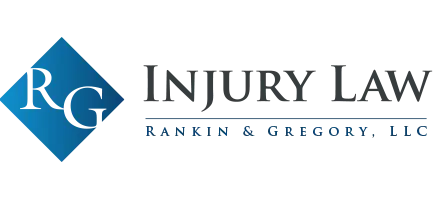Workers’ Compensation Costs Are Rising Across the U.S.
LANCASTER, PA - March 12 - Workers’ compensation premiums are increasing in 2025 due to economic and industry shifts. Wage growth and job expansion have led to higher claim payouts. At the same time, medical inflation has pushed treatment costs higher. Insurance providers have responded by raising premium rates, which makes coverage more expensive for businesses.
Trust RG Injury Law for top Lancaster Workers Compensation Attorney.
Higher Wages and Job Growth Are Driving Up Premiums
A strong labor market has played a major role in the recent spike in workers’ compensation premiums. In February 2025, the U.S. economy added over 150,000 jobs. More employees mean higher risk exposure for insurers, leading to rate increases. Businesses now face rising costs to maintain coverage, especially in industries with physically demanding jobs.
Construction, manufacturing, and healthcare employers have seen some of the largest increases due to the nature of their work environments.
Wage growth has also pushed workers’ compensation premiums higher. Since benefits are based on earnings, an increase in salaries leads to larger payouts when employees file claims. Indemnity benefits, which replace lost wages, now cost insurers more as pay rates climb. While higher wages provide financial stability for workers, they also drive up the overall expense of workplace injury claims. As a result, businesses are seeing higher premiums and stricter claim evaluations from insurance providers.
Medical Inflation Continues to Push Costs Higher
Healthcare expenses remain a significant factor in the rising cost of workers’ compensation. Employer-sponsored health insurance costs are projected to rise by 9% in 2025, making medical treatment more expensive across the board. The cost of workplace injury care, including emergency visits, physical therapy, and prescription medication, continues to increase. Insurers must now account for these rising expenses, which has led to premium hikes for employers.
Medical advancements have also contributed to rising costs. While new treatment options improve recovery times and outcomes for injured workers, they often come at a higher price. More employers are seeing increased expenses for surgeries, specialized therapies, and extended rehabilitation programs. With medical inflation expected to persist, businesses will continue to face higher insurance rates as insurers adjust their pricing to keep up with these growing costs.
Employers Are Adopting Cost-Control Strategies
Businesses are adjusting their risk management strategies to offset rising costs. Many are implementing workplace safety programs to prevent injuries. Others are negotiating policy terms with insurers to find better rates. Some companies have also adopted stricter claims management policies to limit unnecessary expenses. Despite these efforts, rising premiums remain a concern for many employers.
Workers Need to Stay Informed About Their Rights
Higher premiums may lead to more challenges when filing workers' comp claims. Employers and insurance companies may scrutinize claims more closely to manage costs.
Workers who suffer an injury should document everything, report it immediately, and seek medical care from an approved provider.
For injured workers in Pennsylvania, RG Injury Law specializes in achieving maximum compensation for workers' compensation in Lancaster and surrounding cities. Contact us for a free consultation today!





